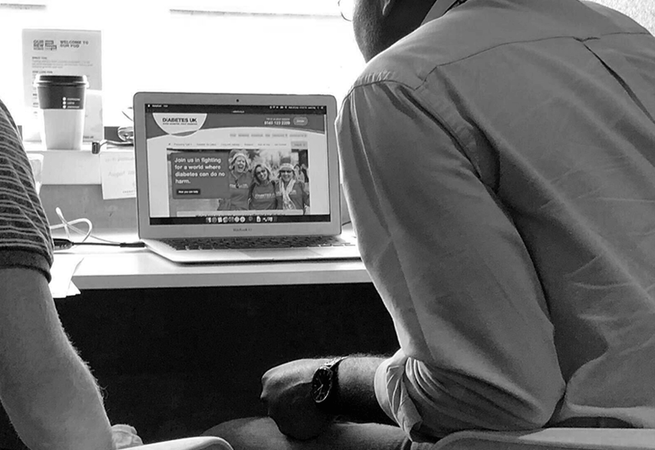Designing experiences
Whether it's a new website, an app or something else, knowing beforehand what the intended users need and expect will produce a better outcome. The insight that comes from audience research can inform structure, design, user experience and content to provide users an experience that truly satisfies.




















